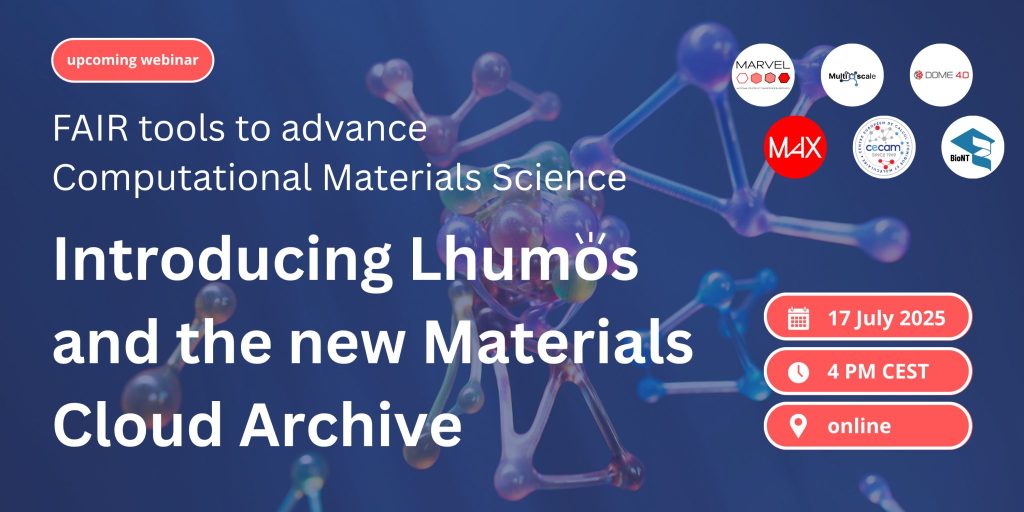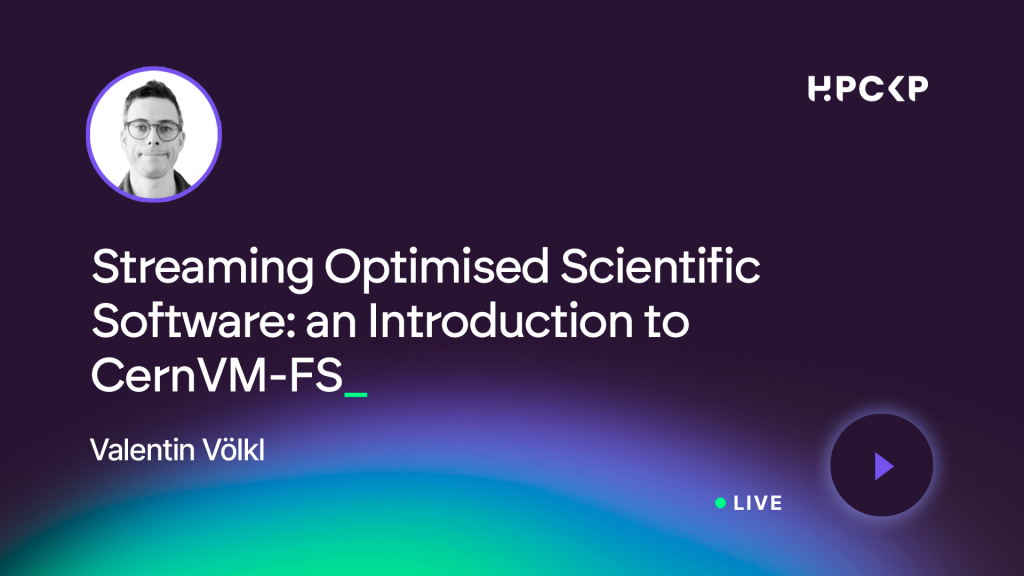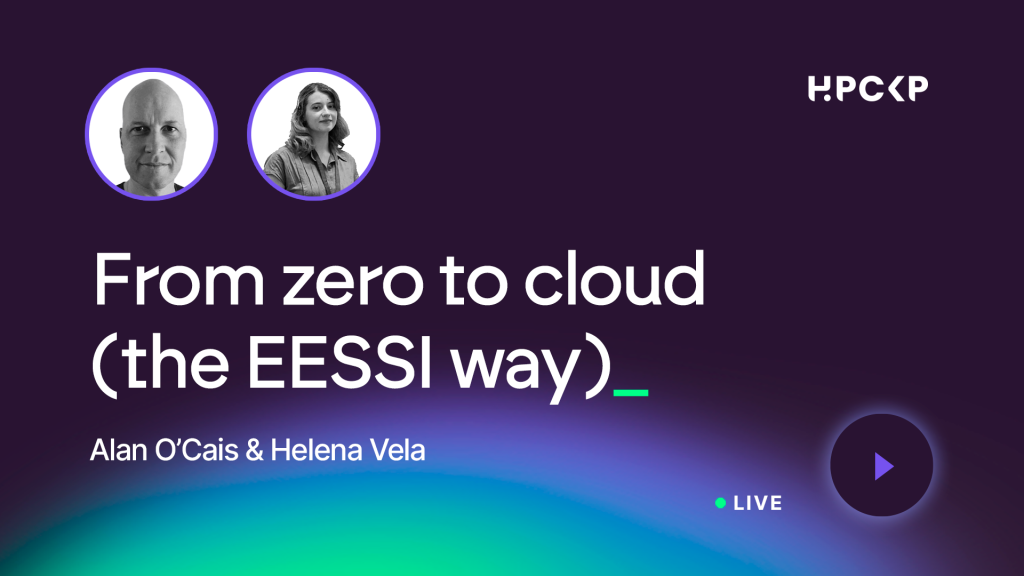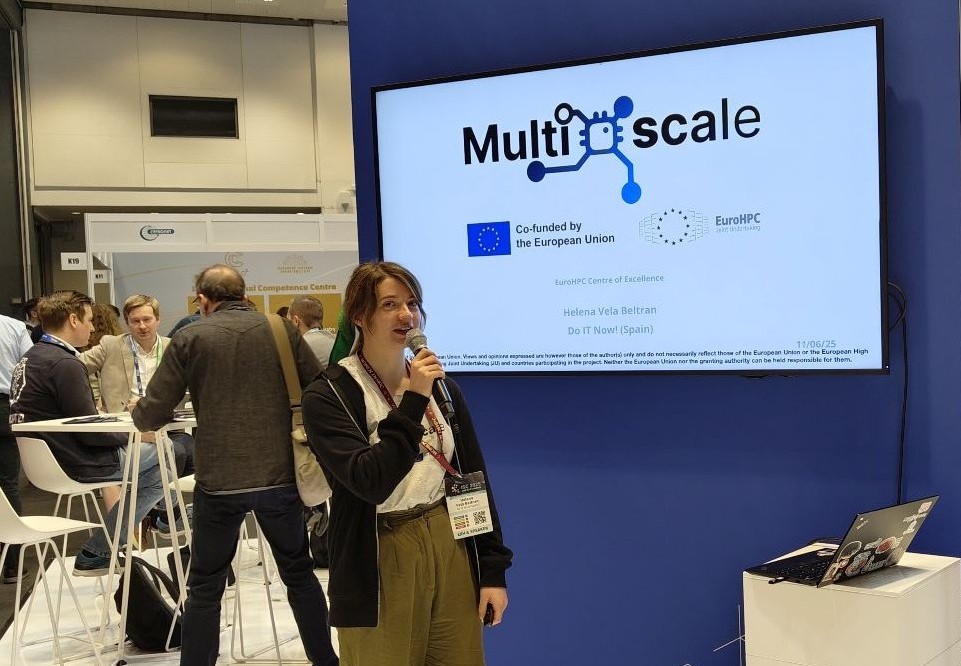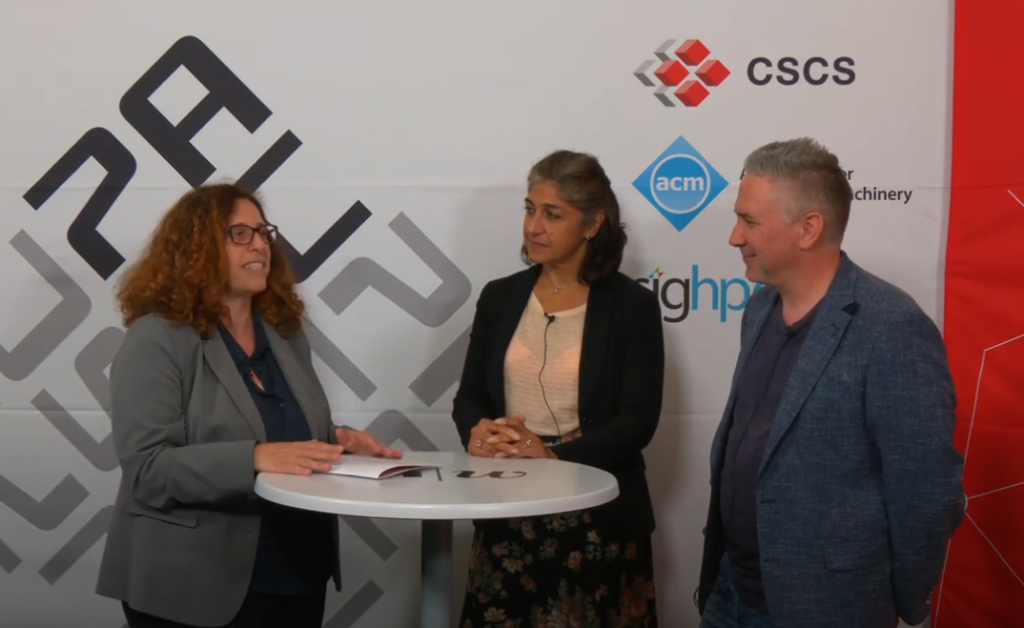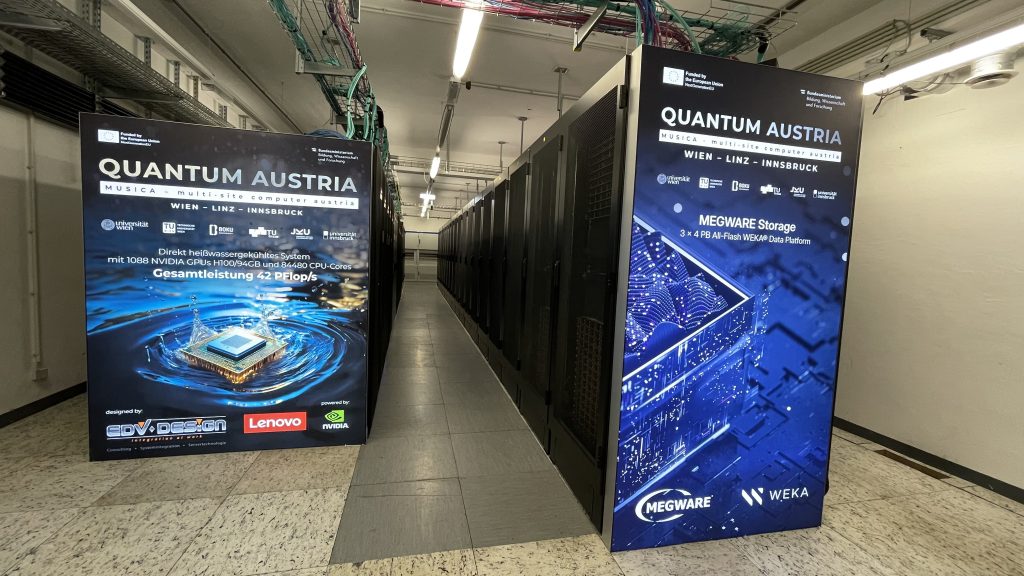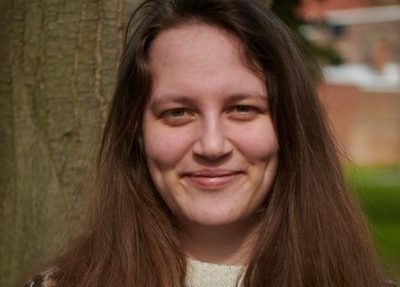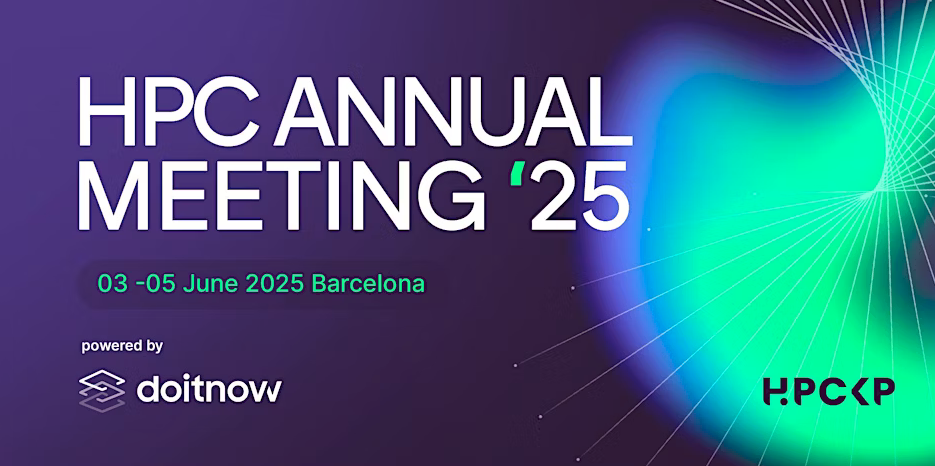FAIR tools to advance Computational Materials Science: Introducing Lhumos and the new Materials Cloud Archive
MultiXscale CoE is pleased to invite you to an upcoming webinar introducing two major platforms designed to support the computational materials science community: Lhumos, the new e-learning platform designed to support domain specific training in high-performance computing (HPC) and quantum and classical simulations of matter, and the recently upgraded Materials Cloud Archive repository. Lhumos (Learning HUb for MOdeling and Simulation) offers a wide range of training resources tailored to the materials science community and beyond. The portal provides access to video lectures, tutorials and exercises, practical codes and examples, recorded seminars, materials on electronic structure calculations, molecular dynamics, code optimization, and more. Supported by MaX, CECAM, MARVEL, MultiXscale, BioNT, E-CAM, and DOME 4.0, Lhumos is a collaborative initiative to promote capacity building and knowledge sharing in academia and industry. In the same session, we will also introduce the upgraded version of Materials Cloud Archive, supporting FAIR data sharing in computational materials science. This new version, fully redesigned and officially launched on June 23, 2025, is built on top of InvenioRDM, a robust data management framework developed at CERN. Learn about the new features of the redesigned Materials Cloud Archive, how to create and submit records, the publication process, and how the platform ensures long-term accessibility of data. Webinar Agenda: 4:00 PM CEST – Welcome Remarks 4:05 PM CEST – Live Showcase of the Lhumos Platform / Roberto Bendinelli (MARVEL – CECAM – MaX– BioNT) 4:25 PM CEST – The Upgraded Materials Cloud Archive / Valeria Granata (MARVEL – THEOS/EPFL – PSI) 4:45 PM CEST – Q&A Session *🔗**Join the webinar: here *🌐**Explore the platforms: *https://lhumos.org *https://archive.materialscloud.org

